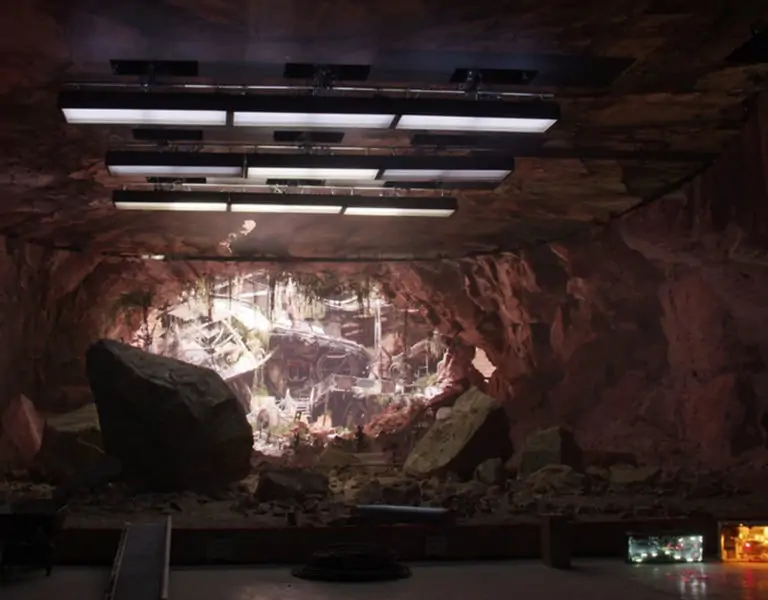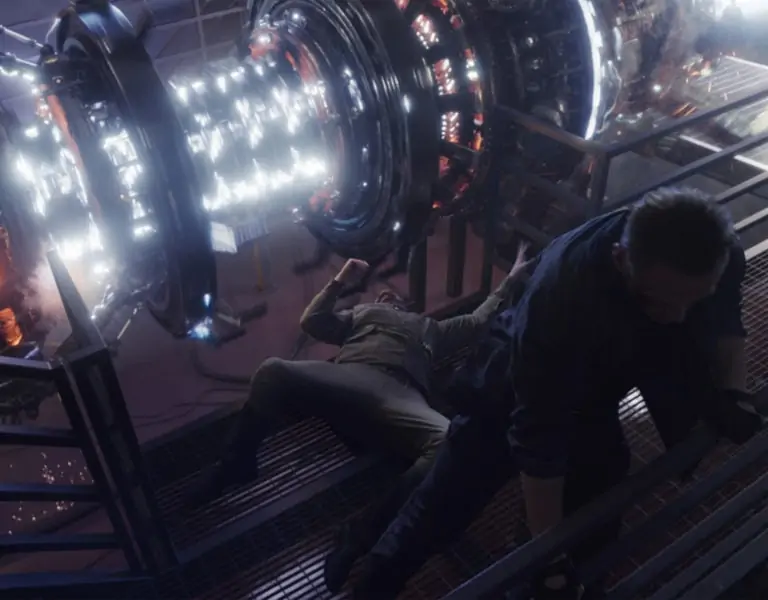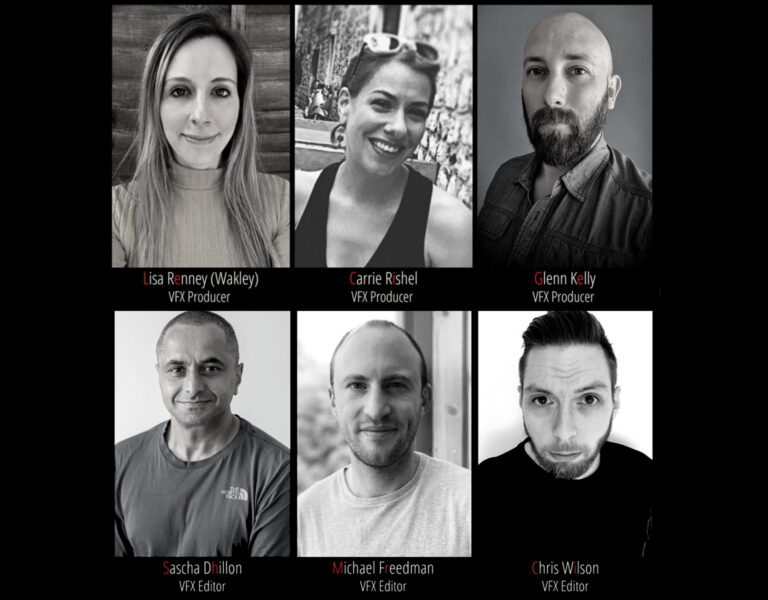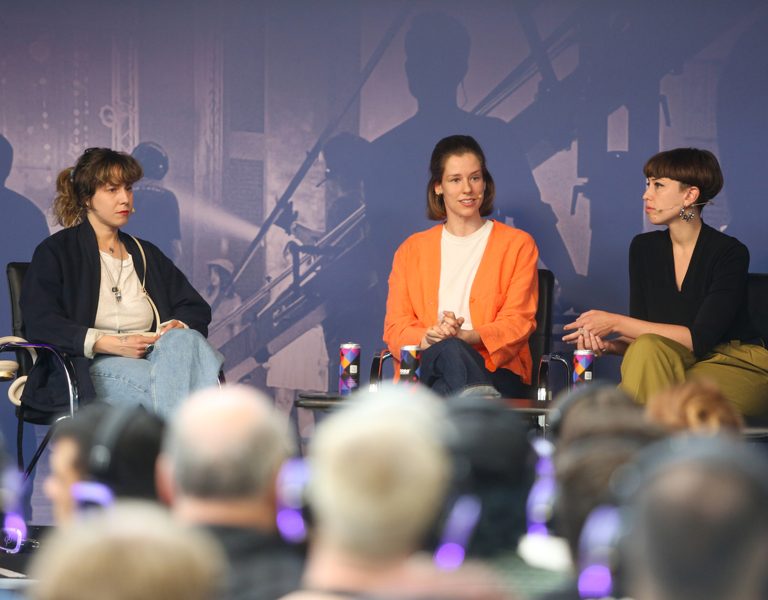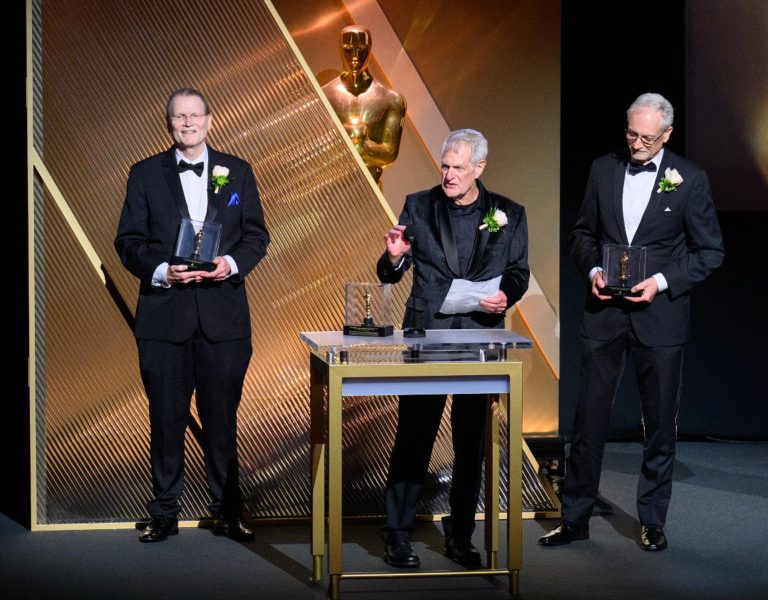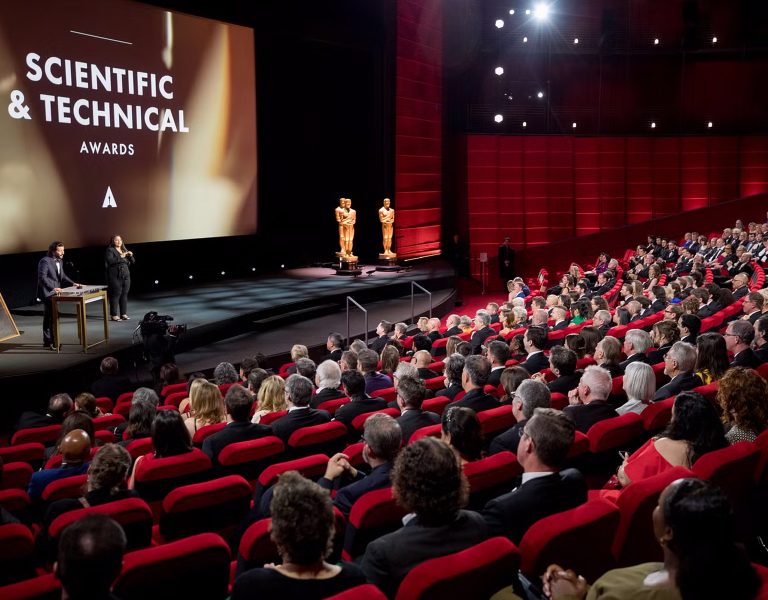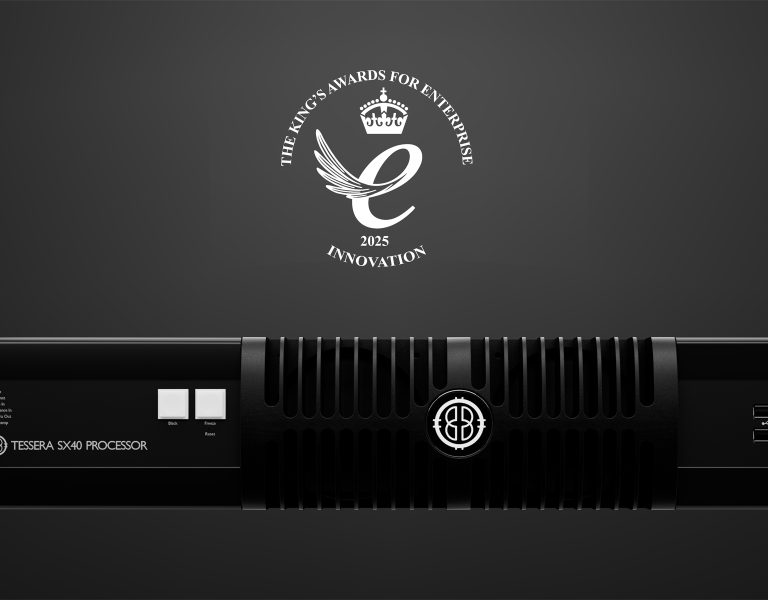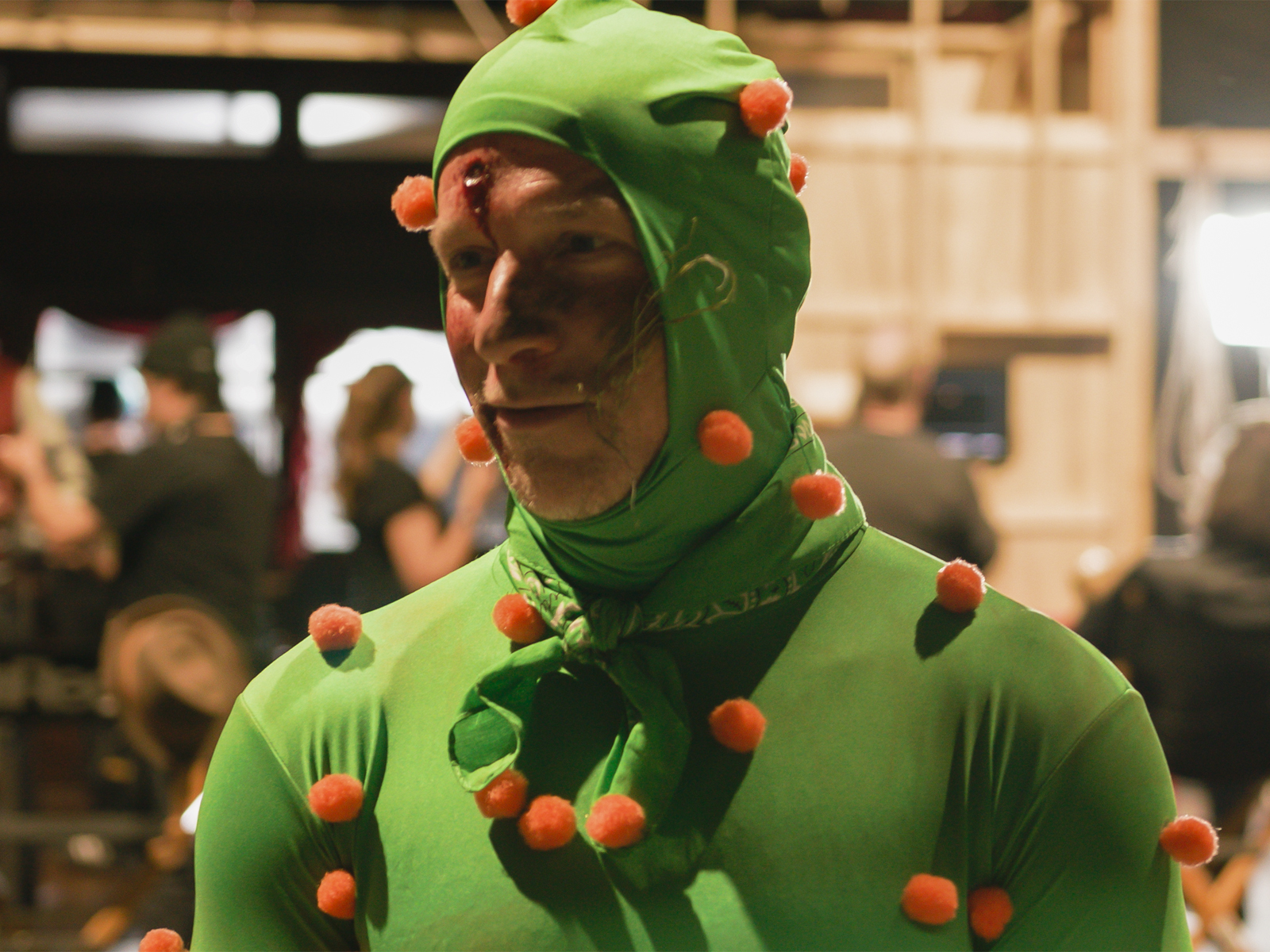
Chaos releases Ray Tracing FTW, a new short film that takes aim at the state of VFX and filmmaking — from an artist’s point of view. More than an airing of grievances, the comedic short is the first major test for Project Arena, a virtual production toolset that has now been production-proven by vets who’ve worked on Justified, Avengers: Infinity War and Dune: Part Two.
Inspired by classics like Butch Cassidy & the Sundance Kid and Once Upon a Time in the West, Ray Tracing FTW is an Easter egg-laden commentary about what holds productions back from telling great stories. While a ‘fix-it-in-post’ mentality can certainly cause problems, the short argues that a return to golden-age filmmaking is only lacking real-time tools that truly let people operate in the moment.
“Technology is too often a distraction on set. It crashes, doesn’t respond fast enough, or requires too many specialists to make it work right,” said Christopher Nichols, Director of Special Projects at the Chaos Innovation Lab and VFX Supervisor/Producer of Ray Tracing FTW. “We’ve been developing Project Arena to change all that, so everyone from the artist to the DP can stop thinking about the technology, and just get back to the natural rhythms of filmmaking.”
Project Arena is an upcoming virtual production toolset that offers studios a faster, simple alternative to game engines. With Project Arena, artists can move V-Ray assets and select animations to LED walls in around 10 mins, accessing real-time ray tracing with pipelines they know and trust. And because these tools are production-ready, artists can continue to utilise the same assets throughout the process (from pre to post), with no do-overs or drops in quality, mitigating the need for virtual art departments.
A Major Production
Watching Ray Tracing FTW, you’d be hard-pressed to pinpoint Project Arena’s role on the short. Instead, it worked as intended, bringing over 2 trillion polygons to the screen for three days straight, without any of the expensive crashes that people have come to expect when using game engines in virtual production. Having a consistent, always-on system helped the team forget the tech and even pull off 30 set-up shots during a standard 10 hour shoot day.
Feeding the screen was a massive V-Ray environment of an Old West town, designed by Erick Schiele and built by The Scope with the help of KitBash3D and TurboSquid assets. The production continued to use this environment on everything from all-CG establishing shots and tunnel sequences to the background for a physical train car set, which was able to portray nuanced details by using full ray tracing.
Having detailed CG models blend seamlessly with physical sets meant Director of Photography Richard Crudo(Justified, American Pie) could get nearly every shot in-camera, barring a Bottleship VFX-driven train crash or two. It also meant that when sudden needs came up — like finding a 3D Hacienda for the final shot — the crew could just buy one online and get it on-screen in under 15 minutes.
“I was shooting predominantly in an LED volume and I was continually blown away by how genuine the results looked – even to the naked eye. It was so clear how much quicker and more efficient Project Arena made the compositing process, which enabled a much more aggressive sense of creativity in the photography,” said Richard Crudo, six-term past-president of the American Society of Cinematographers and Director of Photography on Ray Tracing FTW. “By carefully managing the colour and density values of the volume with the live foreground action, I was able to bake-in the exact look I wanted. And since there was no guesswork to burden the special effects supervisor, the DI process was equally invigorating. I’m certain my colleagues will embrace this tech as soon as it becomes available.”
Although Ray Tracing FTW was designed to be a test project, no one treated it as anything less than a major production. According to Nichols, “Everyone understood the assignment,” which was to craft a love letter to one of Old Hollywood’s most popular genres, using modern tools and opinions.
To achieve an old western look, the team used an ARRI Alexa 35, loaded with Panavision PVintage lenses, which replicate the original Ultra Speed lenses used throughout the 70s. For colour, the team relied on Mark Griffith of FotoKem, the renowned post house which also graded V-Ray I.R.L., the Heat-inspired short that got Nichols and crew thinking about industry-focused films in the first place.
Since sounds and music are such an integral part of the genre, the production looked to Nick Cave and INXS super-producer, Nick Launay to make the theme song come to life and evoke the spaghetti westerns of old. Alex Smith and Margarita Mix then came in to handle the overall score and sound design respectively, bringing even more authenticity to the project.
“In the 60s, the studios were in trouble. Audiences were tired of the same old stuff,” said Daniel Thron, Director and Writer of Ray Tracing FTW. “But then you get this wave of young filmmakers coming in with smaller cameras that allow for naturalistic photography and acting, and that revolutionised Hollywood. We have the opportunity to bring that same sentiment to the next revolution in filmmaking.”
